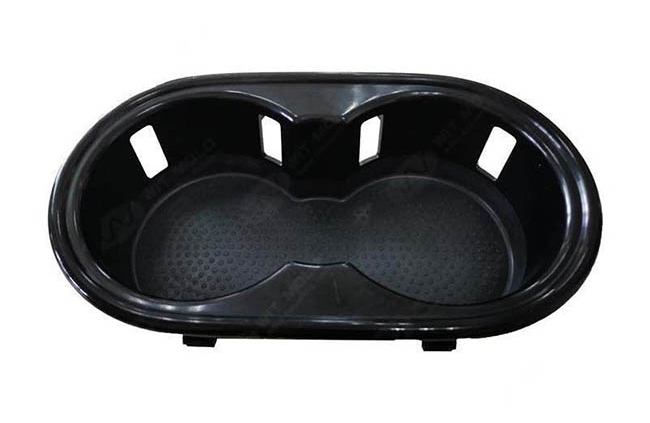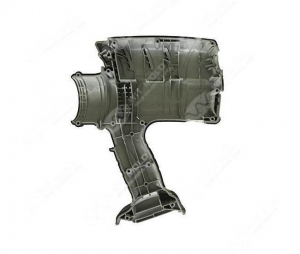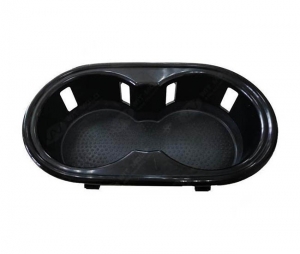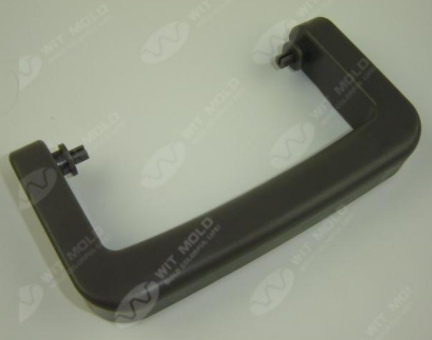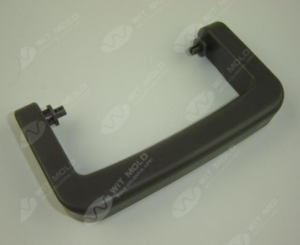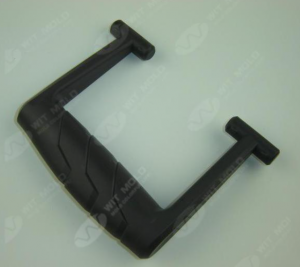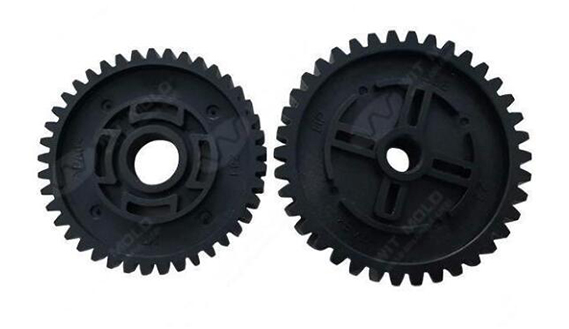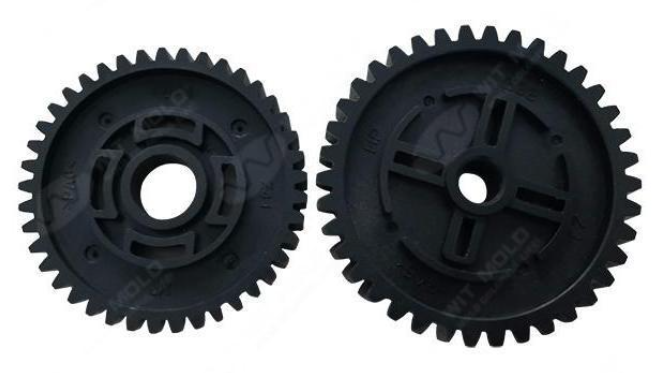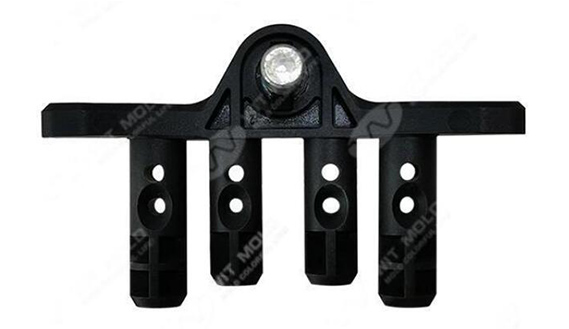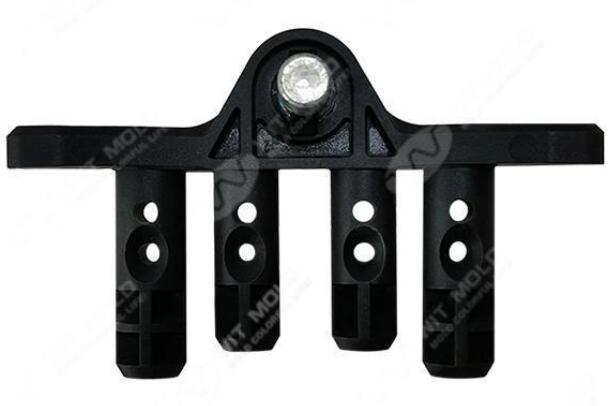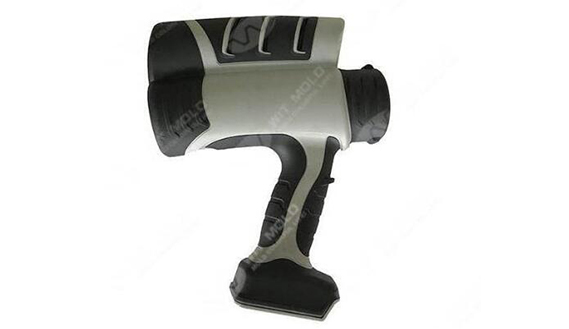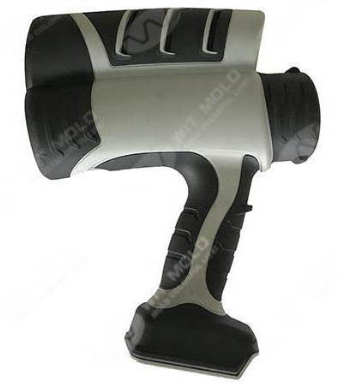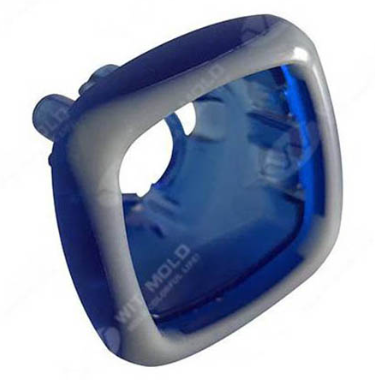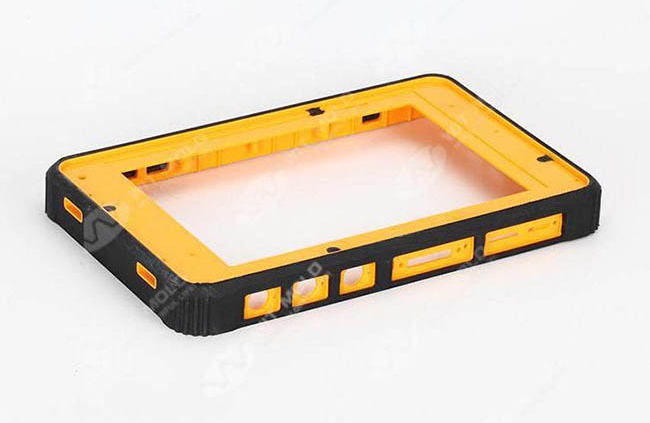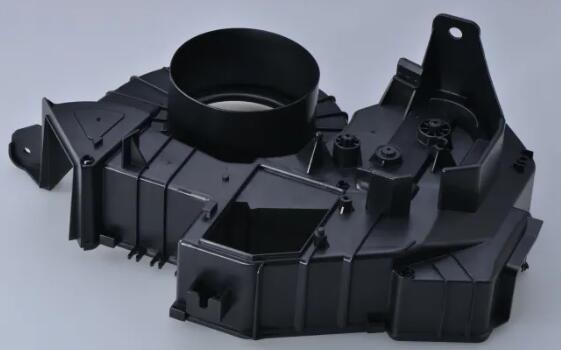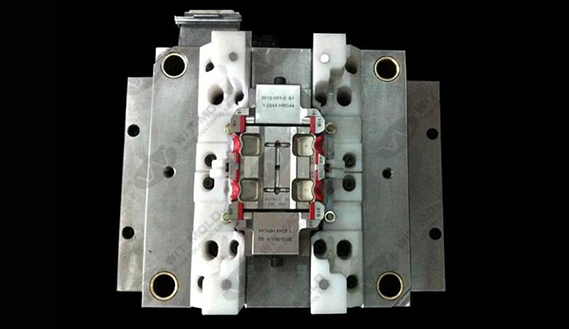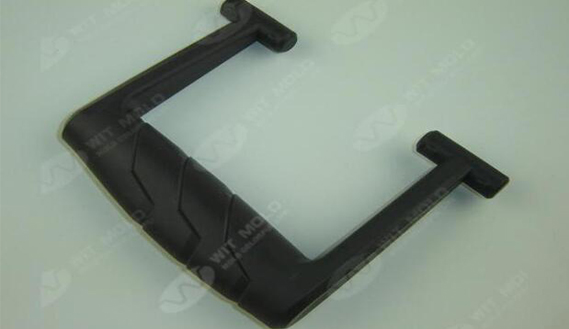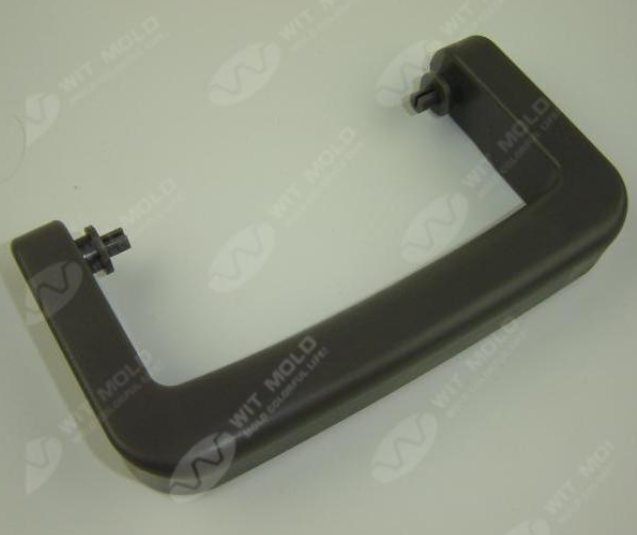Advantages And Disadvantages of Two-shot Injection Molding
Two-shot injection molding, also known as dual-shot molding, offers advantages like the ability to combine different materials and colors in a single part, creating complex designs with enhanced functionality, but comes with drawbacks including high initial tooling costs and the need for specialized molds, making it most suitable for high-volume production runs.
There are a variety of manufacturing methods used to create products using plastic polymers, including two-shot injection molding, compression thermoset molding and extrusion. While all of these are viable manufacturing processes, there are several advantages to this process that make it the top choice for many plastics manufacturers. The process is relatively simple; one material is injected into a mold in order to make the initial section of the product, followed by a second injection of a secondary material that is compatible with the original material. There are three good reasons many manufacturers use this method of manufacturing plastics or polymers.
Advantages of two-shot injection molding
Two-shot injection molding is cost-effective
The two-step process needs only one machine cycle, rotating the initial mold out of the way and putting the secondary mold around the product so that the second, compatible thermoplastic can be inserted into the second mold. Because the technique uses only one cycle instead of separate machine cycles, it costs less for any production run and requires fewer employees to make the finished product while delivering more items per run. It also ensures a strong bond between the materials without the need for further assembly down the line.
Enhanced product quality
Two-shot injection molding enhances the quality of most thermoplastic items in several ways:
ㆍImproved esthetics: Items look better and are more appealing to the consumer when they are crafted of different colored plastics or polymers. The merchandise looks more expensive if it utilizes more than one color or texture
ㆍImproved ergonomics: Because the process allows for the use of soft-touch surfaces, the resulting items can have ergonomically designed handles or other parts. This is particularly important for tools, medical devices, and other hand-held items.
ㆍEnhanced sealing capabilities: It provides for a better seal when silicone plastics and other rubbery materials are used for gaskets and other parts that require a strong seal.
ㆍCombination of hard and soft polymers: It lets you combine both hard and soft polymers for outstanding comfort and utility for even the smallest of products.
ㆍReduced misalignments: It can greatly reduce the number of misalignments when compared to over-molding or more traditional insert processes.
ㆍComplex mold designs: It enables manufacturers to create more complex mold designs using multiple materials that can’t be effectively bonded using other processes.
ㆍExceptionally strong bond: The bond created is exceptionally strong, creating a product that is more durable, more reliable, and with longer life.
Versatility
Product manufacturers favor a wide range of applications for two-shot injection molding, including automotive interior parts, medical equipment, tools, and toys. It allows manufacturers to combine various materials and colors to create a strong and attractive final product. Some materials can be effectively combined with this process, including silicone and thermoplastics, nylon and thermoplastic elastomers, or hard nylon and soft-touch materials.
Two-shot injection molding can solve your company’s product production difficulties. An experienced plastic manufacturer can guide you from concept to finished product and ensure a cost-effective solution.
Producing an assembly with multiple components
Compared to other methods of plastic molding, two-shot is ultimately a more cost-efficient way of producing an assembly with multiple components. Here’s why:
Part Consolidation: Two-shot injection molding reduces the number of components in a finished assembly, eliminating an average of $40K in development, engineering, and validation costs associated with each additional part number.
Improved Efficiency: Two-shot molding allows multiple components to be molded with a single tool, reducing the amount of labor needed to run your parts and eliminating the need to weld or join components after the molding process.
Improved Quality: Two-shot is carried out within a single tool, allowing for lower tolerances than other molding processes, a high level of accuracy and repeat-ability, and reduced scrap rates.
Complex Moldings: Two-shot injection molding allows for the creation of complex mold designs that incorporate multiple materials for functionality that cannot be achieved through other molding processes.
Disadvantages of two-shot injection molding
1) High tooling costs and long setup lead times. Up-front costs are high due to the design, testing, and tooling required. There is the initial design and prototyping (probably via CNC or 3D printing), then the design of a prototype mold tool to produce replicas of the part in volume. Lastly, and only after extensive testing during both stages, you can finally inject mold a part.
2) Part design restrictions. Plastic parts must be designed with injection molding consideration and must follow the basic rules of injection molding, for example:
Avoid undercuts and sharp edges as much as possible
Use uniform wall thicknesses to prevent inconsistencies in the cooling process resulting in defects like sink marks.
Draft angles are encouraged for better de-molding.
Don’t forget, because tools are typically made from steel or aluminum, it can be difficult to make design changes. If you need to add plastic to the part, you can make the tool cavity larger by cutting away steel or aluminum. But in order to take away plastic, you need to decrease the size of the tool cavity by adding aluminum or metal to it. This is extremely difficult and in many cases might mean scrapping the tool (or part of it) and starting over.
Also, the weight and size of the part will determine the tool size and necessary press size. The larger the part, the more difficult and expensive it will be.
3) Small runs of parts can be costly. Due to the complexity of tooling, and the necessity to rid the machine of all previous material before the next product can be made, the setup time can be quite lengthy. Therefore small runs of parts have traditionally always been thought of as too expensive to injection mold.
We are a professional plastic injection mold manufacturer. If you have projects on hand, please feel free to contact us via [email protected]

